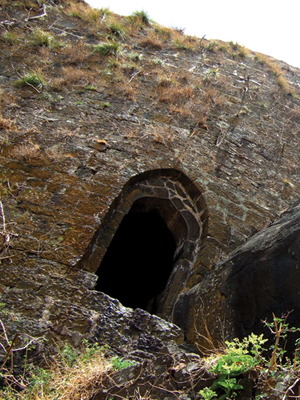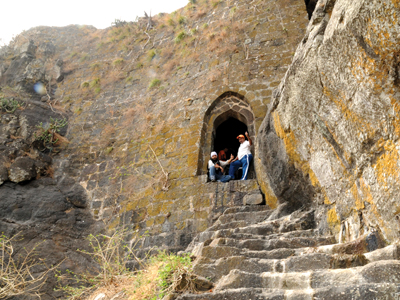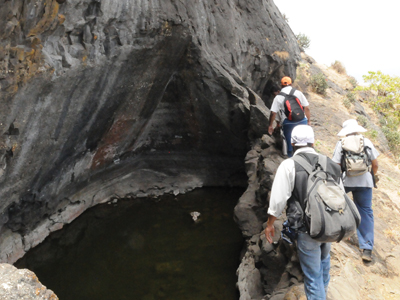
Chaulher fort
Location Type
Hill Fort
Best season
All
Distance from nashik
110 K.M.
Trekking facts
Way:
From South of Wadi Chaulher
Time To Climb :
2 hour/half day trek
Difficulty Level:
easy
Spread:
Medium
Water Availability:
There are two water tanks carved in the rock towards the left of the fort
Carry Along:
No special equipments
Guide:
Available at Wadi Chaulher
How to reach
NASHIK to Chaulher fort
Reach By Car:
Rent a car facility available at Nashik. Sharing vehicles available from Satana.
Reach By Bus:
Buses available from Nashik till Satana. Change bus from there to Wadi Chaulher.
Reach By Train:
Nearest railway station is in Manmad
By Boat:
No boat route.
Facilities available

Accommodation

Food

Garage

Medical aid

Near By Places

Petrol Pump










